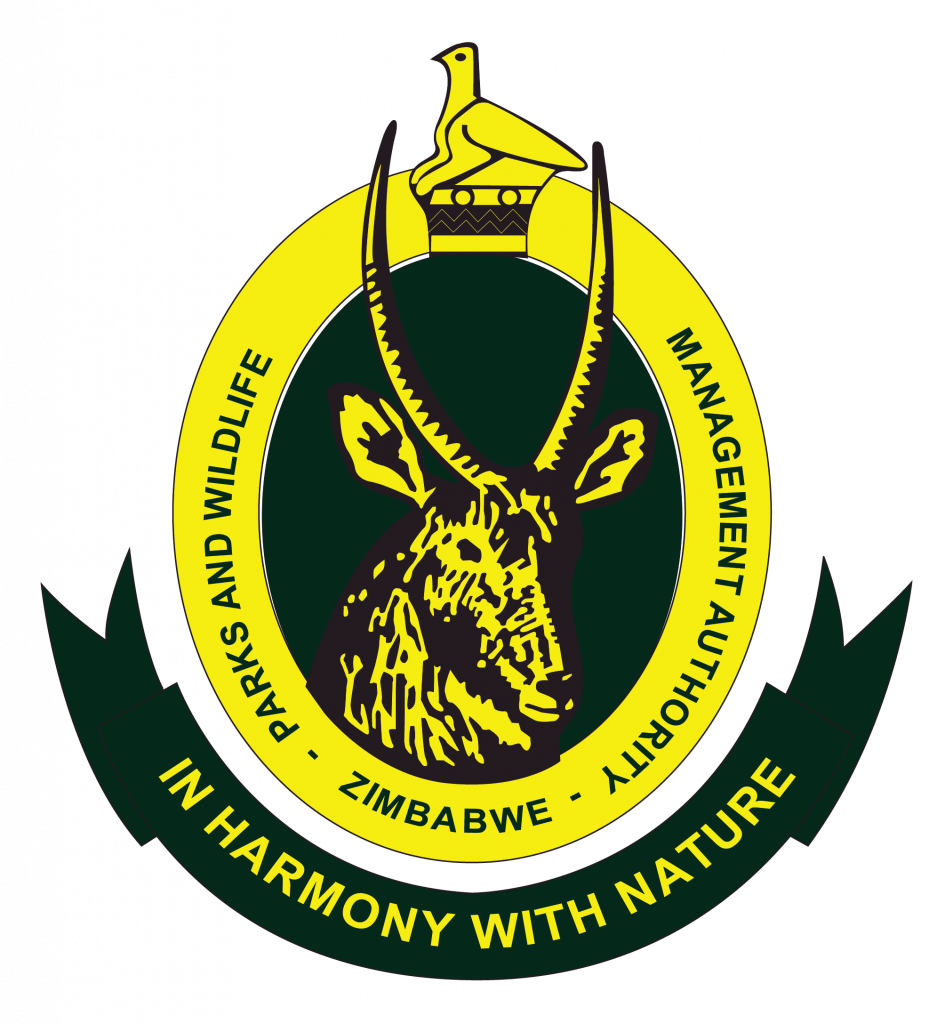Since joining CITES in 1981, Zimbabwe has adopted measures to ensure that CITES obligations are met. Zimbabwe has always submitted reports on time based on the self-reporting CITES compliance system. In order to implement and comply with CITES, Zimbabwe uses a number of different legislative provisions and has specific CITES enabling legislation, namely, Parks and Wildlife Regulations (Import and Export Control) Statutory Instrument 76 of 1998 and various other laws and legal instruments that prohibit illegal harvesting or killing and unregulated trading of wildlife species.
As a party to CITES, Zimbabwe in collaboration with affected SADC member states, continues to share its position with respect to restrictions on the ivory and elephant trade; and recognises these as opportunities to unlock resources which may be channelled towards strengthening conservation efforts.

Zimbabwe plays its part in identifying and protecting its key natural and cultural sites as part of the heritage of humanity. The Operational Guidelines for the Implementation of the World Heritage Convention provide a framework of procedures for: the inscription of properties on the World Heritage List, the List of World Heritage Sites in Danger; the protection and conservation of World Heritage properties and the granting of International Assistance under the World Heritage Fund.
Zimbabwe has 5 World Heritage Sites; Mana Pools and Victoria Falls are under the authority of Zimparks while Great Zimbabwe, Khami Ruins and sites within Matobo National Park are managed by the National Monuments and Museums of Zimbabwe.
Zimbabwe
UNESCO World Heritage Sites
Great Zimbabwe
Khami Ruins
Mana Pools
Matobo
Victoria Falls
Mosi oa Tunya
Victoria Falls World Heritage Property
Is a transboundary property managed jointly by Zimbabwe and Zambia and was inscribed onto the World Heritage Properties list in 1989. The property straddles between the two State Parties (SPs) and extends over 3 National Parks which are namely Victoria Falls and Zambezi National Parks in Zimbabwe and Mosi – oa – Tunya National Park in Zambia.
The Mana Pools National Park, Sapi and Chewore Safari Areas and Middle Zambezi MAB Reserve.
This was inscribed as a World Heritage Property in 1984. The MAB Reserve was inscribed in 2010. Plans are underway to update the General Management Plan of the WH Site courtesy of the GEF 6/ UNDP. The blue print is expected to be out by end of September 2022. The Mana Pools National Park, Sapi and Chewore Safari Areas is another core area and part of the greater MAB Reserve that covers 6 Districts and 3 Provinces in 2010. The other core area for the same Reserve is centered around Matusadonha National Park.

The Convention on Biodiversity covers ecosystem, species and genetic biodiversity of organisms and microorganisms. Key objectives include
-
The conservation of biological diversity,
-
The sustainable use of its components and,
-
The fair and equitable sharing of the benefits arising out of the utilization of genetic resources.
Zimbabwe signed the CBD in 1992 and ratified it in 1995 and Zimparks has several programmes and activities which directly implement obligations and provisions of the convention including but not limited to invasive alien species control, park protection and anti-poaching patrols, community focused conservation education programmes, fire management programmes and so on.
Article II of the CMS convention states in its fundamental principles that members should promote, co-operate in and support research relating to migratory species; shall endeavour to provide immediate protection for migratory species included in Appendix I; and shall endeavour to conclude agreements covering the conservation and management of migratory species included in Appendix II. Article V of the treaty states that the object of each agreement shall be to restore the migratory species concerned to a favourable conservation status or to maintain it in such a status. All Range States of identified species can accede to the agreement whether or not they are Parties to CMS.

African-Eurasian Migratory Waterbird Agreement is an intergovernmental treaty specifically dedicated to the conservation of migratory waterbirds and their habitats across Africa, Europe, the Middle East, Central Asia, Greenland and the Canadian Archipelago and form part of the family of agreements established within the framework of the Convention on Migratory Species and is administered by the United Nations Environment Programme .
Of particular interest is the AEWA action plan which has the obligations each party is supposed to meet. The obligations include a development of a clear species and habitat protection regime, management of human activities, research and monitoring, education and capacity building activities.
